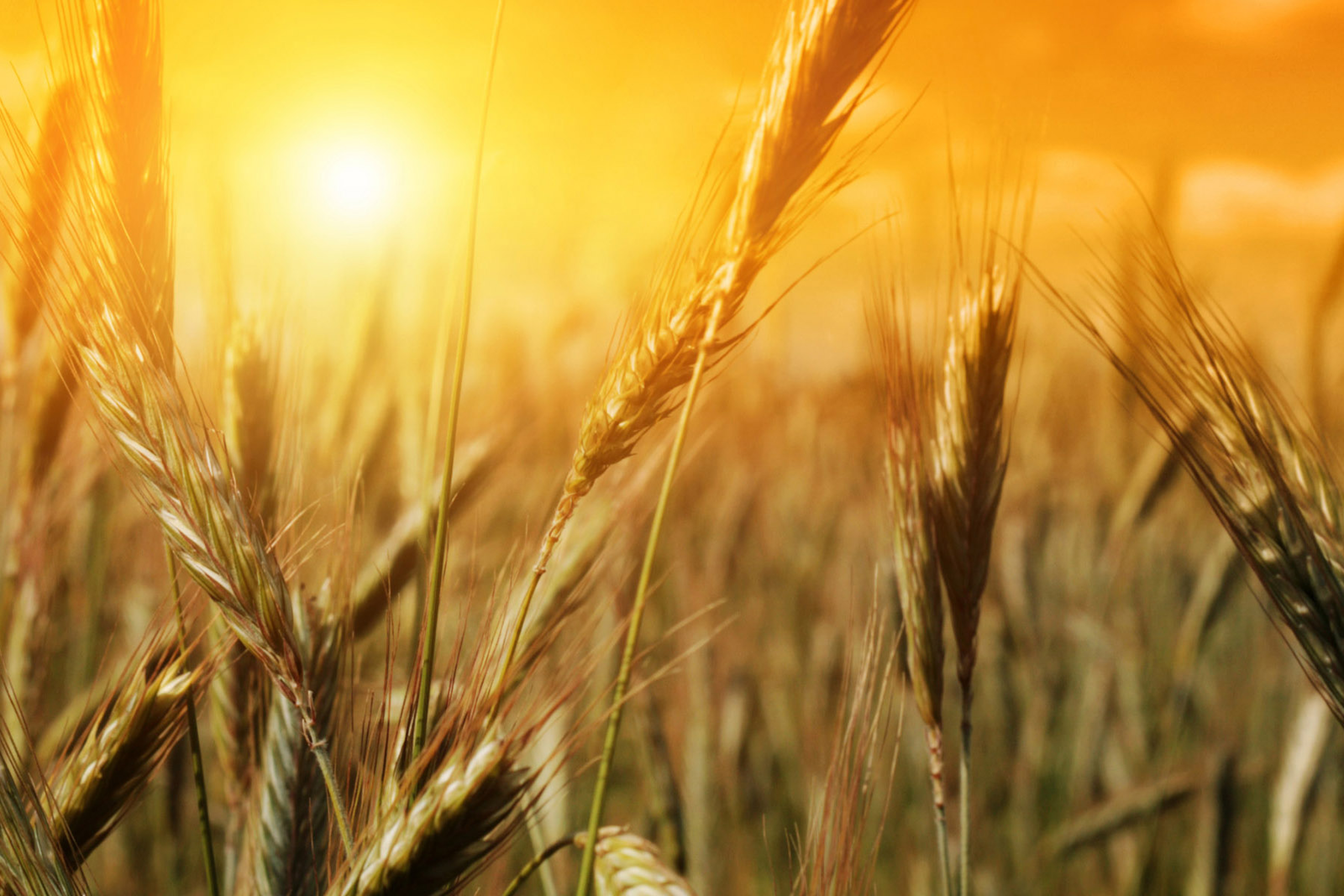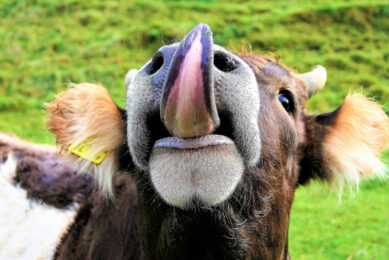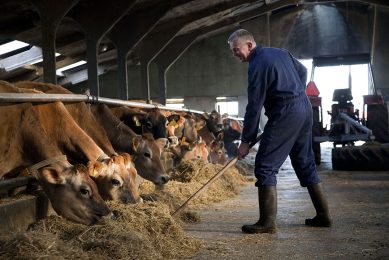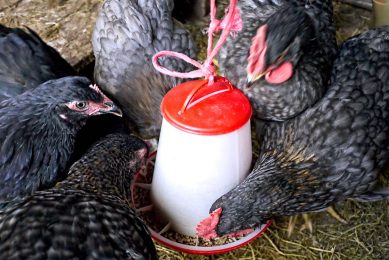Wheat survey to maximise feed value

New data from a survey of wheat samples from across Canada is helping to drive optimised feeding strategies for pigs and poultry.
The survey was led by Canadian Bio-Systems Inc. (CBS Inc.) and the University of Manitoba in co-operation with farming operations and feed mills across four provinces.
“Feeding strategies are becoming more sophisticated and represent one of the greatest opportunities for livestock operations to improve efficiency and profitability,” says Rob Patterson, technical director of CBS Inc. “The key to maximising value from feed is to first understand the nutritional profile of the ingredients at the deepest level possible, then apply this knowledge to strategies designed to get the most bang per bite. The wheat survey is a new effort to help provide this knowledge for feed wheat.”
In-depth look at nutritional value
For the 2015-2016 wheat survey, wheat samples were collected from Alberta, Saskatchewan, Manitoba and Ontario from August to October 2015. Location, variety, date of collection and other pertinent information was recorded at the time of collection. All samples were analysed over the following months at the University of Manitoba’s Department of Animal Science, producing a wealth of data on a variety of parameters including crude protein, starch, non-starch polysaccharides (NSP) – both water soluble and water insoluble – and neutral-detergent fibre, as well as total phytate and non-phytate phosphorus. “The picture presented by the analysis gives us a fresh look, at an in-depth level, at the nutritional value available in the feed wheat, as well as the potential to unlock more of the feed value – for example, through the use of feed additives that help break down the hard-to-digest components,” says Patterson. “The new data collected from this survey will be made available to industry, to help in the formulation of precision diets, particularly for swine and poultry.”
More information on NSP levels
The results show some regional variation, he says. They also confirm characteristics that can be addressed through feeding strategies. “Overall we see a high-quality feed ingredient,” says Patterson. “We also get a clearer picture of how to get the most value and best performance using this feed source. For example, the survey results help us pin down the levels of water soluble and water insoluble NSP present in the wheat. Water soluble NSP are significant because they can slow feed passage. Water insoluble NSP are significant because they are hard-to-digest and thereby lock away nutrients. With knowledge from the survey, we see ways to optimize the performance of the animals. We also see ways to improve the overall nutritional value obtained from the wheat, by five percent or more.”
The 2015-2016 wheat survey follows up on an initial survey conducted in 2014. Plans are to continue this approach for multiple years, in order to build an increasingly valuable resource of information, says Patterson.











